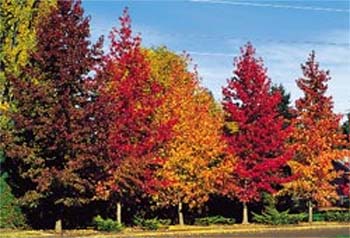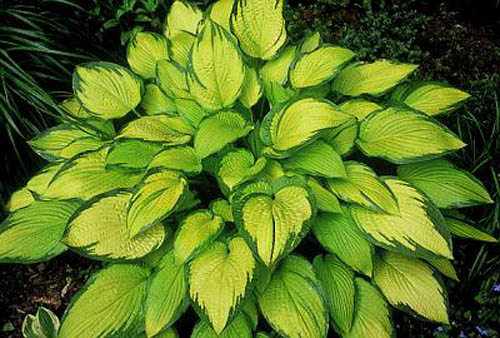You would think that since my wife and I have been avid gardeners for over four decades that the first thing we would look for when buying a new home would be the soil. If not the first, at least the second item to consider for plant freaks has to be the growing medium. Actually, we never even so much as kicked the dirt. All we just saw was a beautiful home sitting on top of a very big hill, surrounded by large Red Oaks, Sycamores, and even very big American Elm. The creek running merrily through the adjoining wood-lot was the clincher. It was love at first sight.
Boy was this a big mistake! Our “very big hill” turned out to be a glacial moraine complete with gravel, stones, and very big rocks glued together with some of the stickiest clay I have ever seen. To dig even the tiniest hole required a pick axe. We suddenly realized why the previous owners had planted no trees or even flowers, only a few scruffy junipers by the front door. These nursery-grown shrubs had been fighting for over sixteen years to adjust to the clay soil.
For someone use to sandy soil, taking three hours to dig a hole to plant our first tree (a Blue Spruce that died after only one year) was not a pleasant experience. Nor did it help being told, by the local County Extension Service, how lucky we were to have “a good clay soil as it is one of the best soils you can have as it will grow just about any plant with a little work.”
All we saw was a soil that was soggy and wet in Winter and like pahoehoe in Summer. Clay particles are extremely small, compared with larger sandy soil particles. As a result, clay packs closely and binds water tightly by surface tension preventing it draining away. This same binding power makes it tougher then concrete when it does dry out.
Fortunately, clay soils naturally break into smaller lumps when they shrink, allowing the soil to be worked. We learned that there are brief periods in October and April/May when our clay soil could be easily dug and beds prepared. By prepared we mean adding lots organic matter, especially compost, shredded bark, and wood chips. The key word here is “lots” as too little is worse than none at all.
Work any and all available organic matter in as deep as possible, ideally 10-12 inches, more if possible. While you can do this with a shovel or turning fork we suggest using a rot-o-tiller. We found one of those little tiller/cultivators named after a carnivorous insect, broke up the clumps the best. The important thing is to get as much organic matters as possible worked in deeply.
If you find you cannot work the soil deeply enough, as was our case, consider using raised beds. These do not have to be any fancy framed in structure. We simply kept piling on compost and loamy topsoil followed by tilling until we had build the workable soil to the depth we wanted. On top of this we added several inches of well composted wood-chips to serve as a mulch. Every Spring we worked the old mulch in and add a new layer.
Unfortunately, this will be an ongoing process which you will repeat for the life of your gardens. The good news is that such clay beds tends to be much higher in nutrients than a sandy soil. After twenty years of work we are growing some very wonderful plants in our raised beds. As you might guess:
“WE STRONGLY ENCOURAGE YOU TO CONSIDER RAISED PLANTING BEDS!”
Best Plants for Clay Soil
Here are some trees, shrubs, and plants that we have found that do well in our heavy soil:



